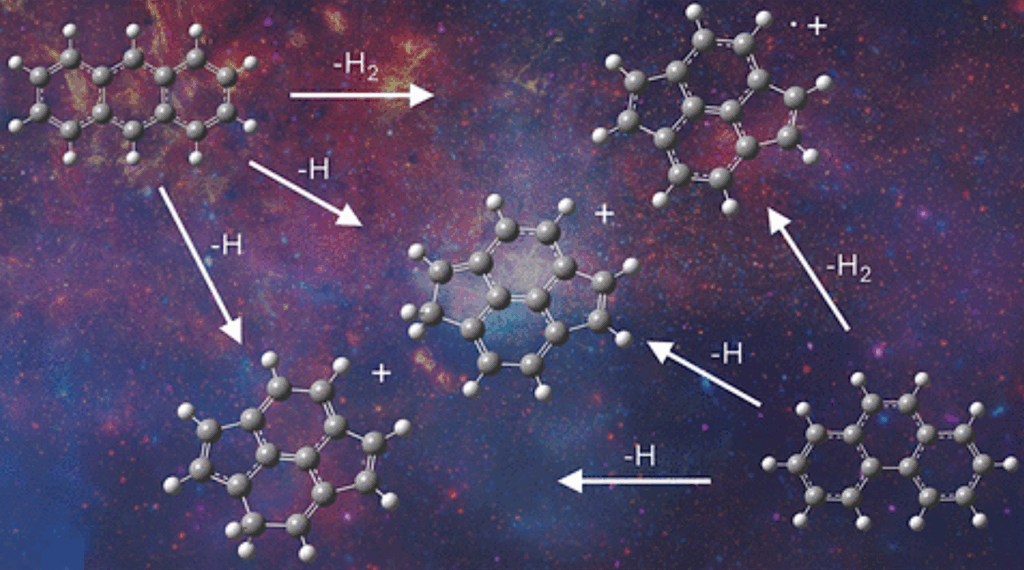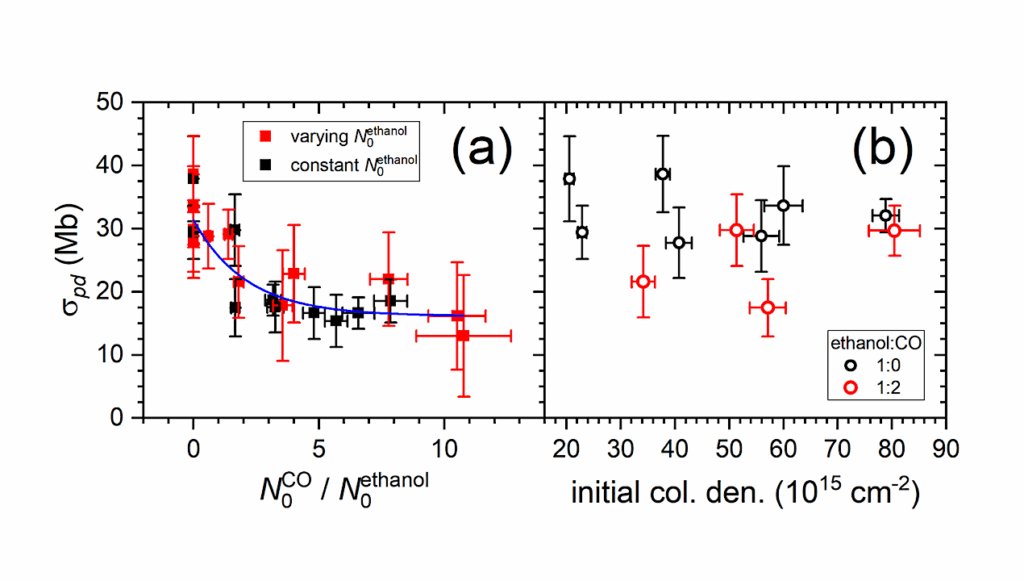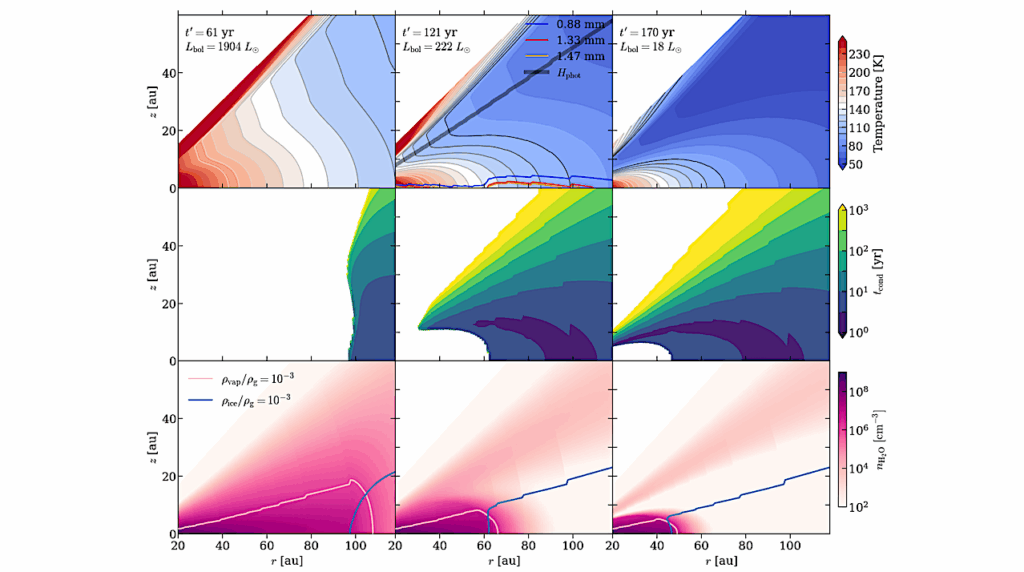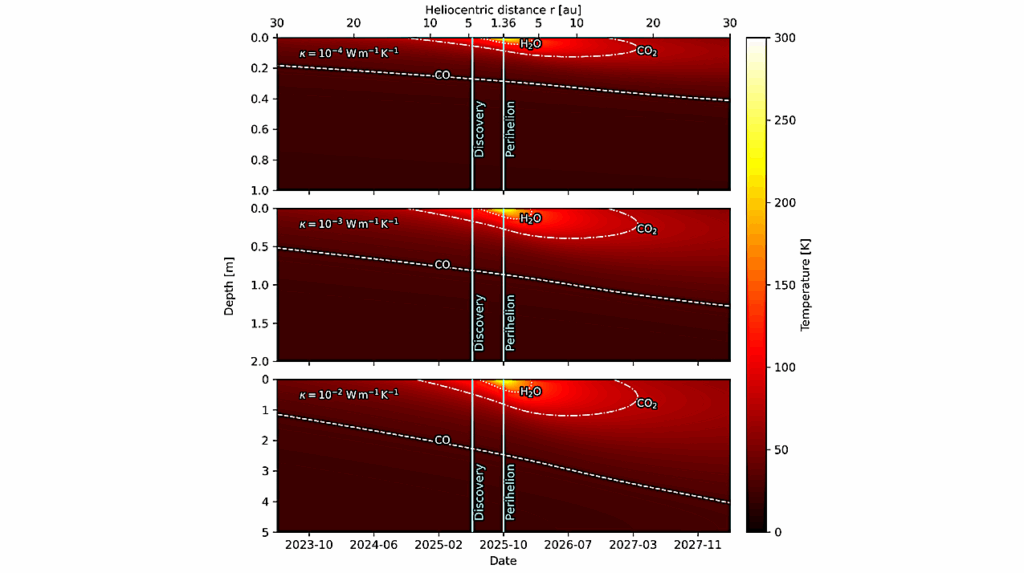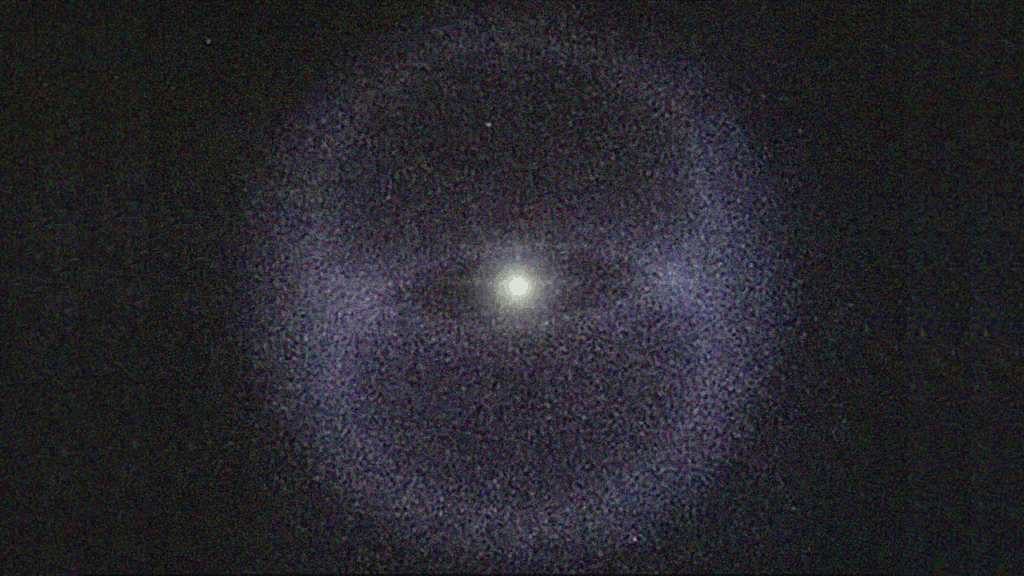Mechanisms and Timing of Carbonaceous Chondrite Delivery to Earth
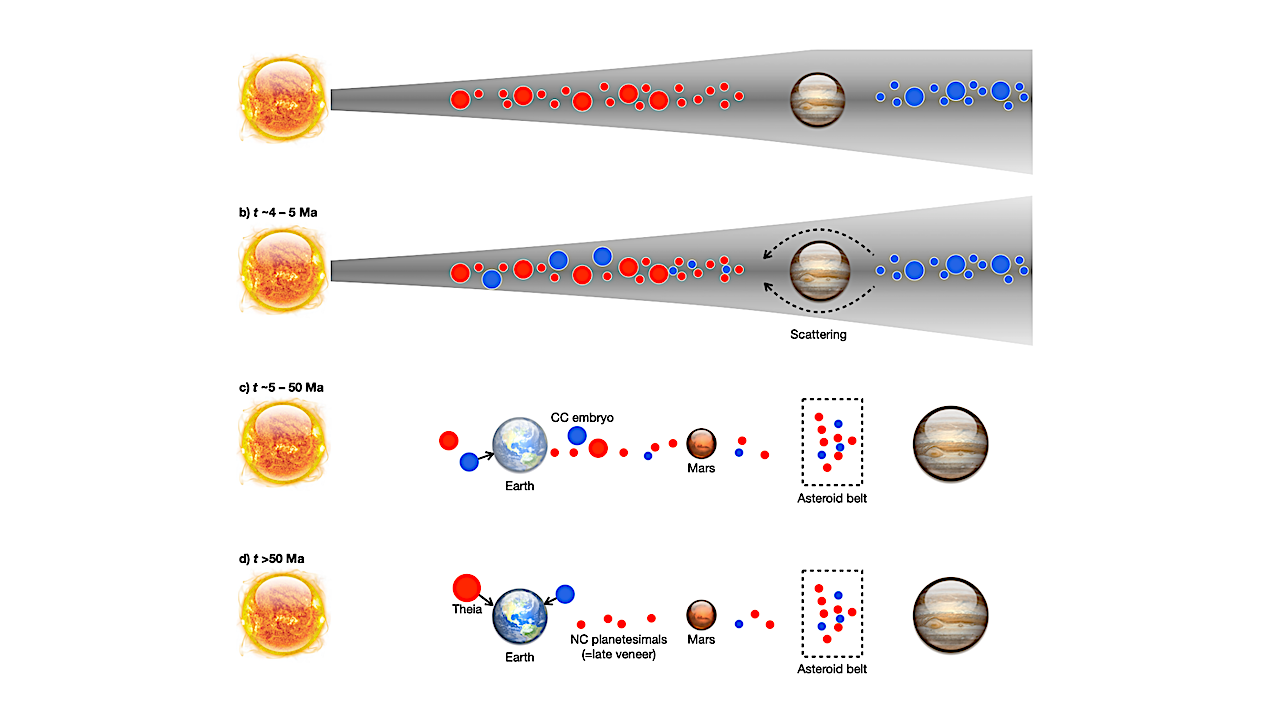
The nucleosynthetic isotope signatures of meteorites and the bulk silicate Earth (BSE) indicate that Earth consists of a mixture of “carbonaceous” (CC) and “non-carbonaceous” (NC) materials.
We show that the fration of CC material recorded in the isotopic composition of the BSE varies for different elements, and depends on the element’s tendency to partition into metal and its volatility. The observed behaviour indicates that the majority of material accreted to the Earth was NC-dominated, but that CC-dominated material enriched in moderately-volatile elements by a factor of ~10 was delivered during the last ~2-10% of Earth’s acccretion.
The late delivery of CC material to Earth contrasts with dynamical evidence for the early implantation of CC objects into the inner solar system during the growth and migration of the giant planets. This, together with the NC-dominated nature of both Earth’s late veneer and bulk Mars, suggests that material scattered inwards had the bulk of its mass concentrated in a few, large CC embryos rather than in smaller planetesimals.
We propose that Earth accreted a few of these CC embryos while Mars did not, and that at least one of the CC embryos impacted Earth relatively late (when accretion was 90-90% complete). This scenario is consistent with the subsequent Moon-formign impact of a large NC body, as long as this impact did not re-homogenize the entire Earth’s mantle.
Francis Nimmo, Thorsten Kleine, Alessandro Morbidelli, David Nesvorny
Subjects: Earth and Planetary Astrophysics (astro-ph.EP); Geophysics (physics.geo-ph)
Cite as: arXiv:2411.04889 [astro-ph.EP] (or arXiv:2411.04889v1 [astro-ph.EP] for this version)
https://doi.org/10.48550/arXiv.2411.04889
Focus to learn more
Submission history
From: Francis Nimmo
[v1] Thu, 7 Nov 2024 17:27:34 UTC (1,346 KB)
https://arxiv.org/abs/2411.04889
Astrobiology, Astrochemistry,



